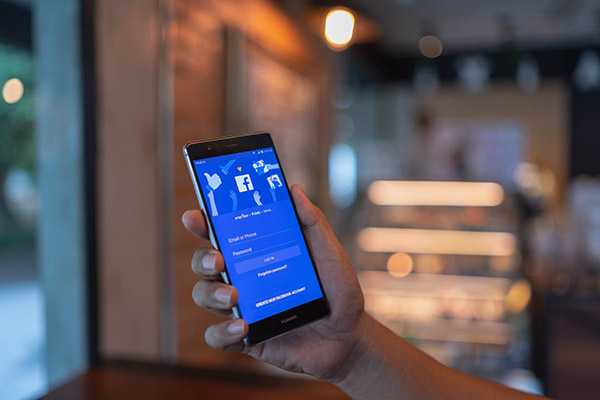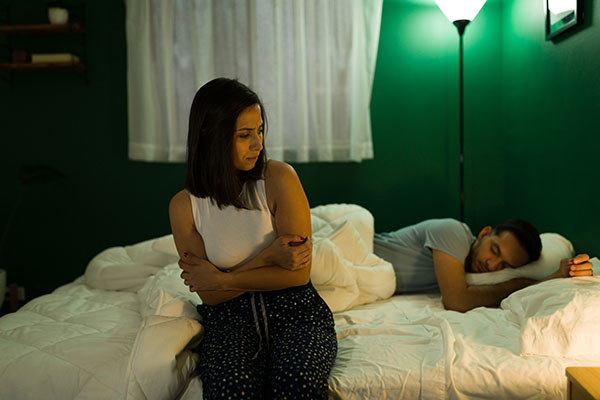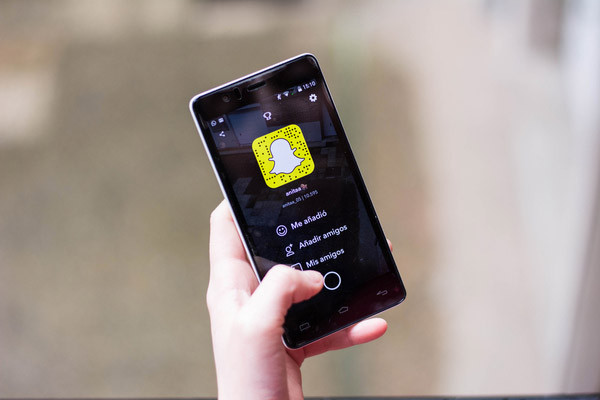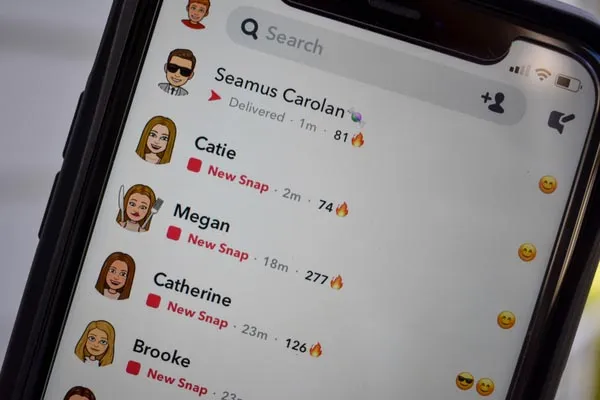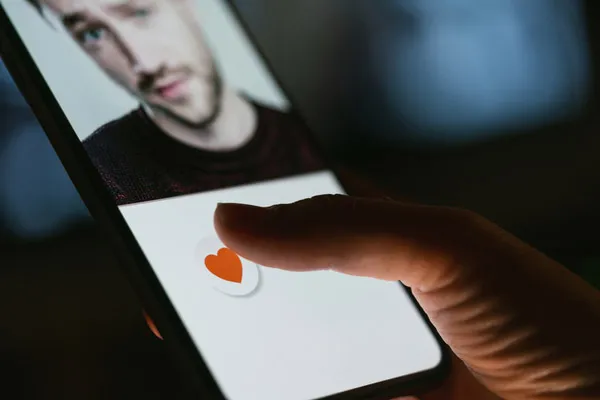How to Listen to Phone Surroundings Live For Free?
Have you ever wondered what someone is saying about you when you’re not around? Or do you want to listen in on a conversation that’s happening nearby but out of earshot? With the right apps and techniques, you can listen to phone surrounding live free. While eavesdropping does raise some ethical concerns, there are legitimate …
How to Listen to Phone Surroundings Live For Free? Read More »


